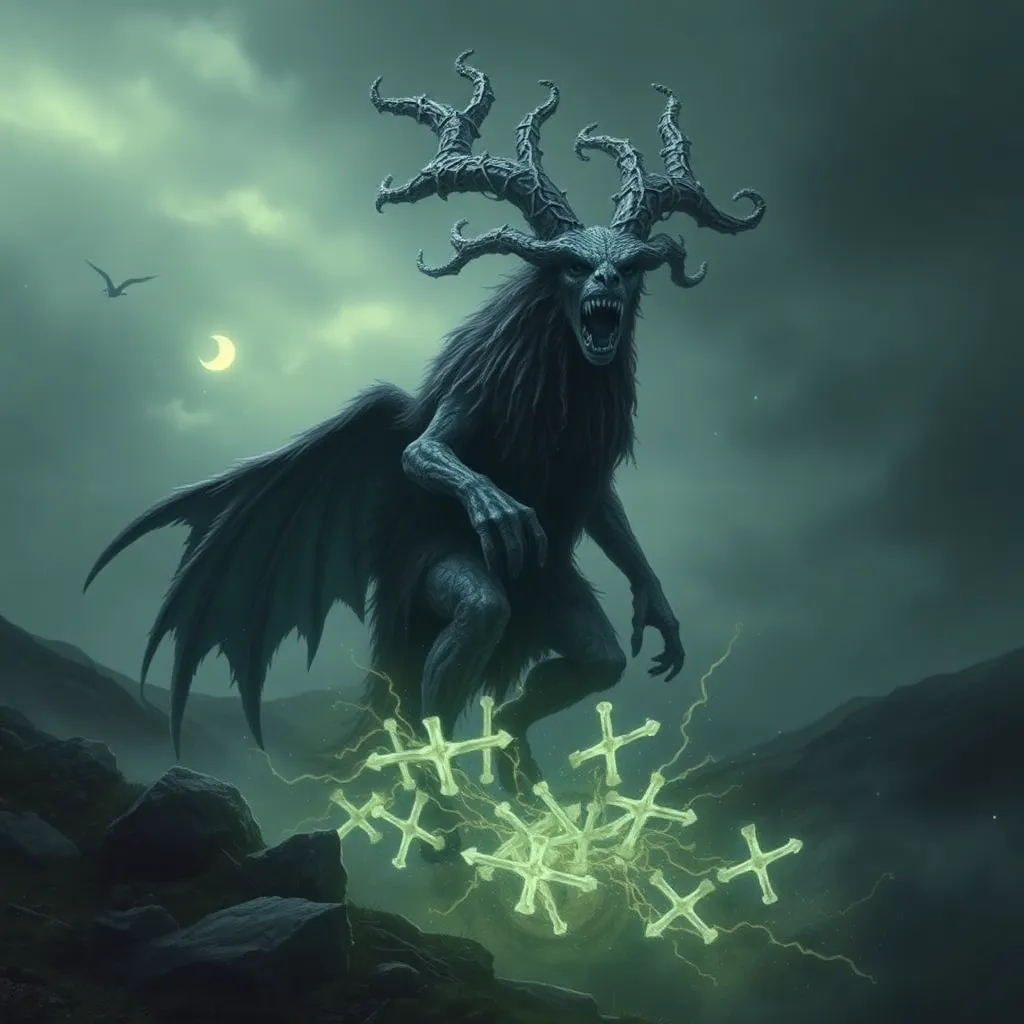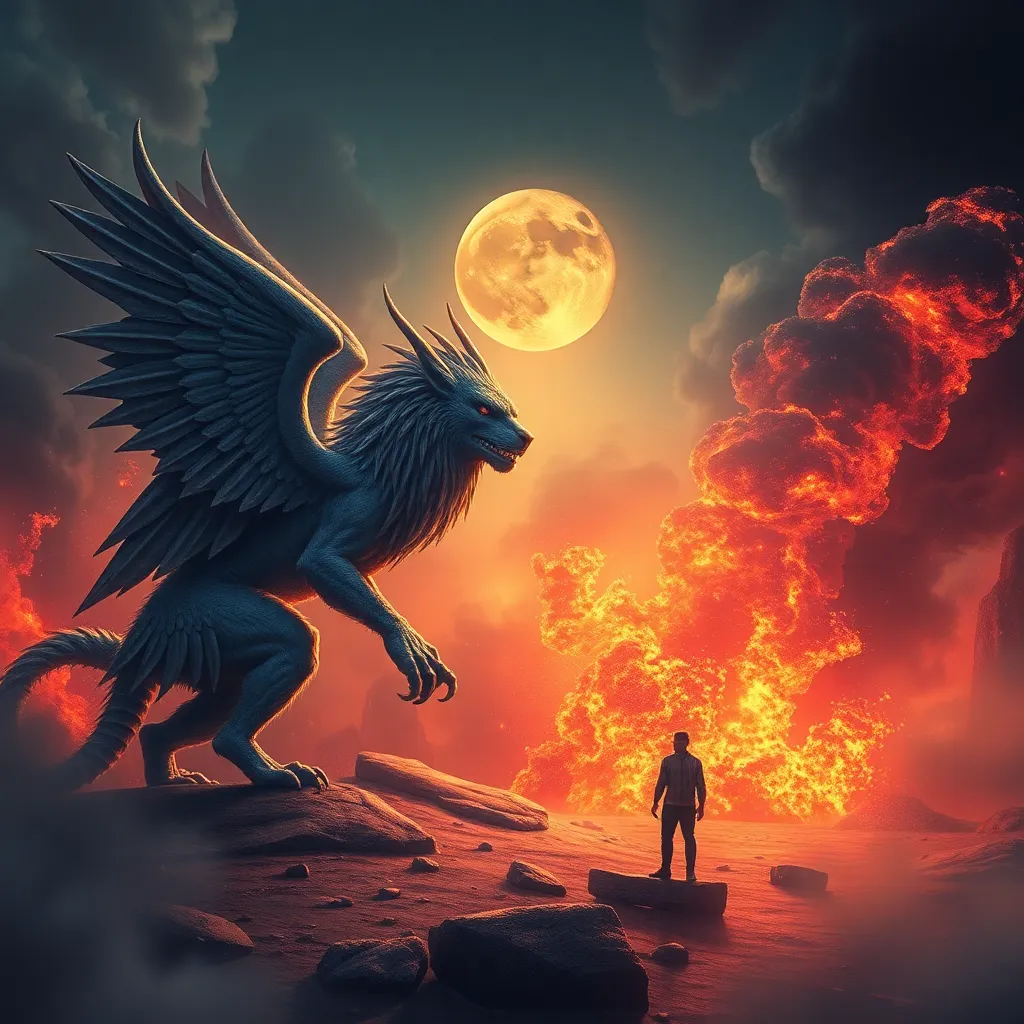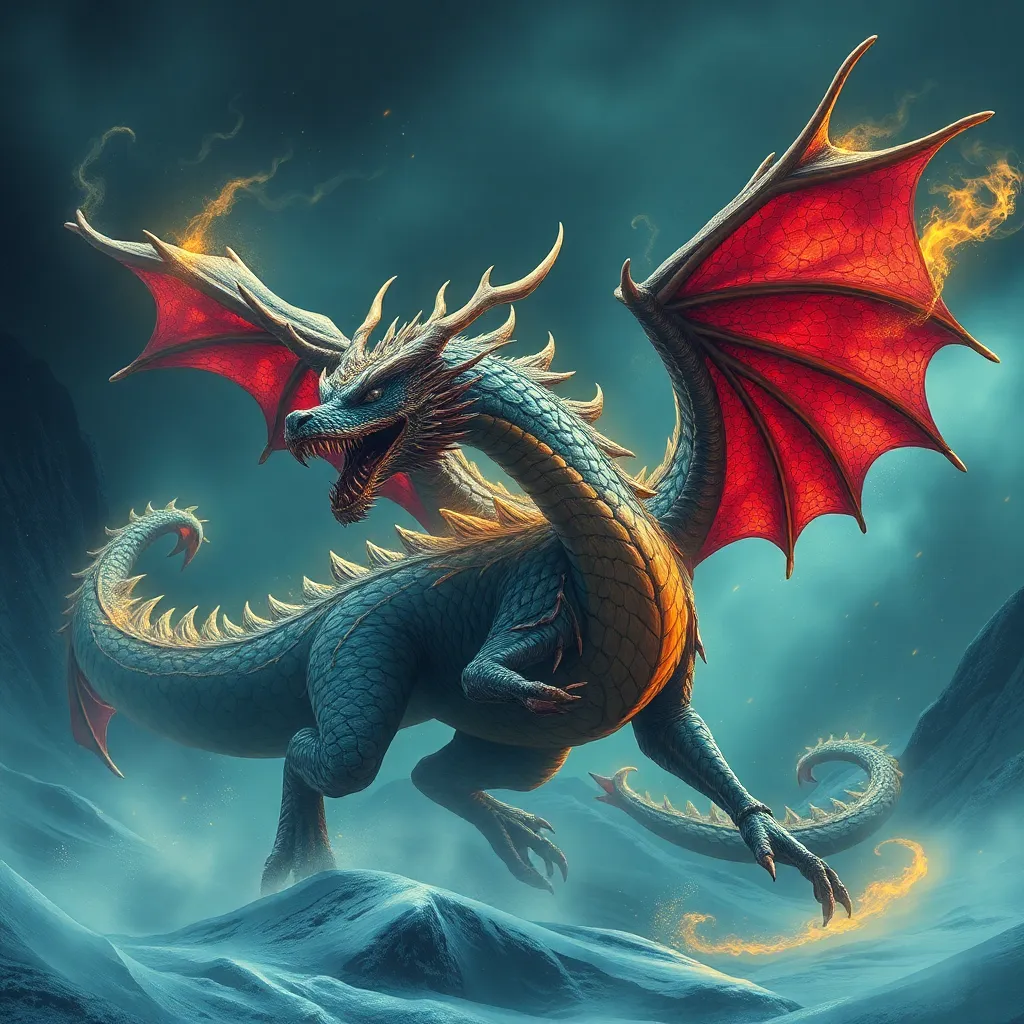The Devourer of Souls in Celtic Folklore: Níðhöggr’s Role in Death and Rebirth
I. Introduction
Níðhöggr, a prominent figure in Norse mythology, is often depicted as a dragon or serpent that gnaws at the roots of Yggdrasil, the World Tree. This creature embodies the themes of death, destruction, and the cyclical nature of life and rebirth. While primarily associated with Norse lore, Níðhöggr’s characteristics and symbolism have intriguing parallels in Celtic folklore, showcasing a shared cultural understanding of life’s transient nature.
The themes of death and rebirth resonate deeply in many mythologies, serving as a reminder of the cyclical patterns present in nature and human existence. In exploring Níðhöggr within the context of Celtic folklore, we can gain insights into how ancient cultures interpreted these vital themes.
II. The Origin of Níðhöggr
The name Níðhöggr is derived from Old Norse, where “níð” connotes malice or envy, and “höggr” refers to striking or cutting. Thus, the name can be interpreted as “the one who strikes with malice,” reflecting the creature’s destructive nature.
In ancient texts, particularly the Poetic Edda and the Prose Edda, Níðhöggr is depicted as a malevolent being, primarily associated with the underworld and the devouring of the dead. This imagery is significant in understanding his role in Norse cosmology and its potential connections to Celtic beliefs.
Historically, Níðhöggr can be traced back to the early medieval period, a time when both Norse and Celtic cultures were intermingling due to trade and conquest. The tales of Níðhöggr could have been influenced by Celtic narratives about death and the afterlife, leading to a rich tapestry of mythological themes.
III. Níðhöggr’s Role in the Underworld
Níðhöggr resides in Niflheim, one of the nine realms of Norse cosmology, which is often associated with mist, ice, and the dead. His dwelling signifies a place of decay and transformation, where the souls of the deceased are consumed and recycled into the cosmic order.
The significance of Níðhöggr’s position in the cosmic order cannot be understated. He acts as a counterbalance to the life-giving forces of Yggdrasil, representing the inevitable return to the earth. This duality is mirrored in Celtic underworld figures, such as the Morrígan and Arawn, who also embody the cycles of life and death.
Both Níðhöggr and Celtic underworld deities share the role of custodians of the dead, guiding souls through the afterlife and ensuring the continuity of the cycle of life.
IV. The Symbolism of Níðhöggr as a Devourer
The motif of soul-eating is prevalent in many mythologies, and Níðhöggr exemplifies this theme through his consumption of the dead. This act of devouring is not merely destructive; it symbolizes a necessary transformation and the recycling of life energy.
Consumption and transformation are intertwined in Níðhöggr’s narrative. As the creature devours the roots of Yggdrasil, he simultaneously facilitates new growth and renewal, underscoring the interconnectedness of death and life.
Parallels can be drawn with other mythological creatures in Celtic folklore, such as the serpent in the story of the Dagda, who also represents life, death, and regeneration. These narratives highlight a shared cultural understanding of the cyclical nature of existence.
V. Themes of Death in Níðhöggr’s Mythology
Níðhöggr embodies the cycle of life and death, illustrating the transient nature of existence. His interactions with the dead, as he gnaws on the roots of Yggdrasil, symbolize the inevitable return to the earth—a theme common in both Norse and Celtic mythologies.
In Celtic societies, death was not viewed as an end, but rather as a transition. The dead were believed to continue existing in a different form, and rituals surrounding death often emphasized this continuity. Similarly, Níðhöggr’s role reflects the Norse belief in the afterlife and the importance of honoring the deceased.
VI. Rebirth and Renewal through Níðhöggr
The concept of rebirth is deeply ingrained in Celtic mythology, with various deities representing the cycle of regeneration. Níðhöggr, through his actions, contributes to this cycle by facilitating the transformation of souls and the renewal of life.
As seasons change, so too do the cycles of life and death. Níðhöggr’s presence in the underworld serves as a reminder of the inevitable return to the earth, paving the way for new growth in spring. This connection to nature and seasonal changes resonates with Celtic beliefs, where nature’s cycles were revered and celebrated.
VII. Níðhöggr’s Influence on Modern Culture
In contemporary literature and art, Níðhöggr has been adapted and reinterpreted, often symbolizing the darker aspects of nature and existence. His image appears in various forms, from fantasy novels to video games, signifying the enduring fascination with mythological figures.
The resurgence of interest in both Celtic and Norse mythology has led to a renewed exploration of ancient themes, including death and rebirth. Níðhöggr’s role in these narratives continues to captivate audiences, reflecting humanity’s ongoing quest to understand the mysteries of life.
Moreover, Níðhöggr has found a place in modern spiritual practices, where his symbolism is used to explore themes of transformation and the cyclical nature of existence. This adaptability of ancient myths illustrates their relevance in today’s world.
VIII. Conclusion
Níðhöggr’s significance in Celtic folklore and Norse mythology highlights the shared themes of death and rebirth that permeate ancient narratives. His role as the devourer of souls serves as a powerful reminder of the cyclical nature of life, where death leads to transformation and renewal.
As we reflect on these enduring themes, it becomes clear that ancient myths continue to hold relevance in our understanding of existence. The stories of Níðhöggr and similar figures remind us of the interconnectedness of life and death, urging us to embrace the cycles that shape our world.
In today’s fast-paced society, the lessons from these ancient tales encourage us to pause and reflect on the nature of our existence, fostering a deeper appreciation for the mysteries of life and the inevitable journey we all share.



